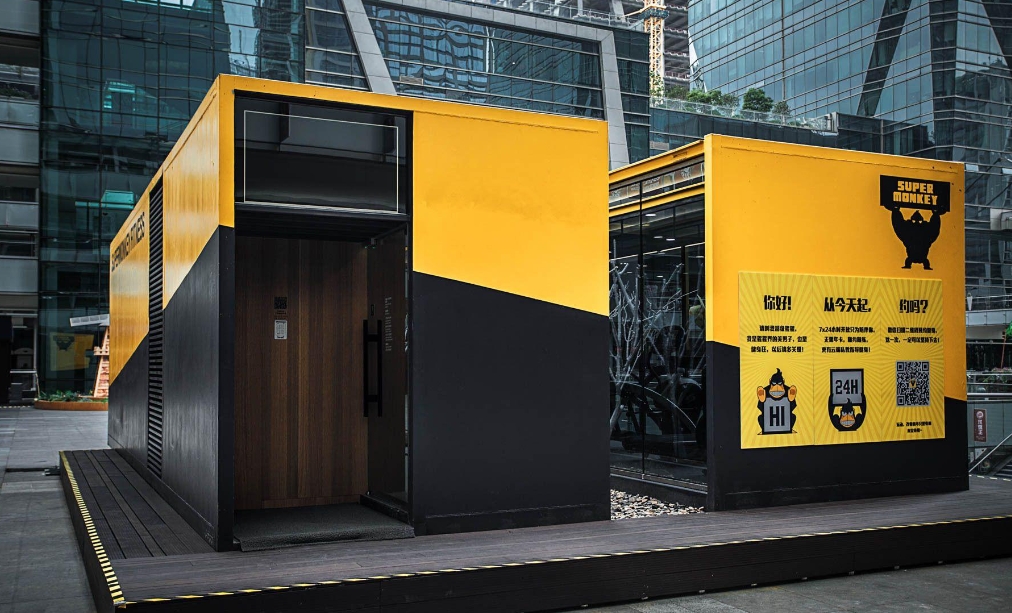Personalized containers are a transportation solution tailored to product characteristics and transportation needs. It can provide better packaging and transportation protection, improve the safety and transportation efficiency of goods. The following will discuss product characteristics, transportation needs and the design of personalized containers to better understand how to choose suitable transportation solutions based on product characteristics.

First of all, the design of personalized containers should be determined based on the characteristics of the product. Different types of products have different properties such as volume, weight, fragility, etc. For products that are smaller in size but require moisture and sun protection, containers with good sealing performance and lightweight materials can be used. If it is large and heavy equipment, you need to choose a strong and durable container to ensure the safe transportation of the goods. For fragile products, you can consider adding shock-proof materials inside the container to absorb shock and impact and protect the integrity of the goods.
Secondly, the design of personalized containers should also be determined based on transportation needs. Different transportation methods and transportation distances require special design of the container. For example, for long-distance shipping, personalized containers should have waterproof, moisture-proof, rust-proof and other properties to cope with possible seawater erosion. For products that are shipped multiple times, reusable containers can be used to reduce transportation costs.
In addition, personalized containers can be designed according to transportation speed and service requirements. For example, for products that are urgently delivered, a design that can quickly unbox and pack them can be used to facilitate quick delivery. For products that require temperature control, containers with insulation or refrigeration capabilities can be designed to maintain a suitable temperature.
The design of personalized containers should also take into account the material selection of the container. Common container materials include wood, steel, aluminum and plastic materials. For products that are prone to corrosion, materials with good rust-proof properties should be selected, such as stainless steel or aluminum. For products that need to be moisture-proof, you can choose plastic materials with moisture-proof properties. When selecting materials, the balance between weight and cost should also be considered to ensure economical transportation.
The design of personalized containers also needs to take into account the convenience of operation and management. For example, the size and shape of the container should meet the freight requirements and stacking requirements to allow for better loading and stacking of goods. The openings and fixing devices of the container should be easy to operate and fix to ensure the safety and stability of the goods. In addition, you can also consider marking product information and shipping information on the container for better cargo tracking and management.
The design of personalized containers should fully consider the characteristics of the product and transportation needs to provide better transportation solutions. Through reasonable material selection, design and management, personalized containers can provide better packaging and transportation protection, and improve the safety and transportation efficiency of goods. As logistics needs continue to change and innovate, personalized containers will play an increasingly important role in the future logistics industry.
